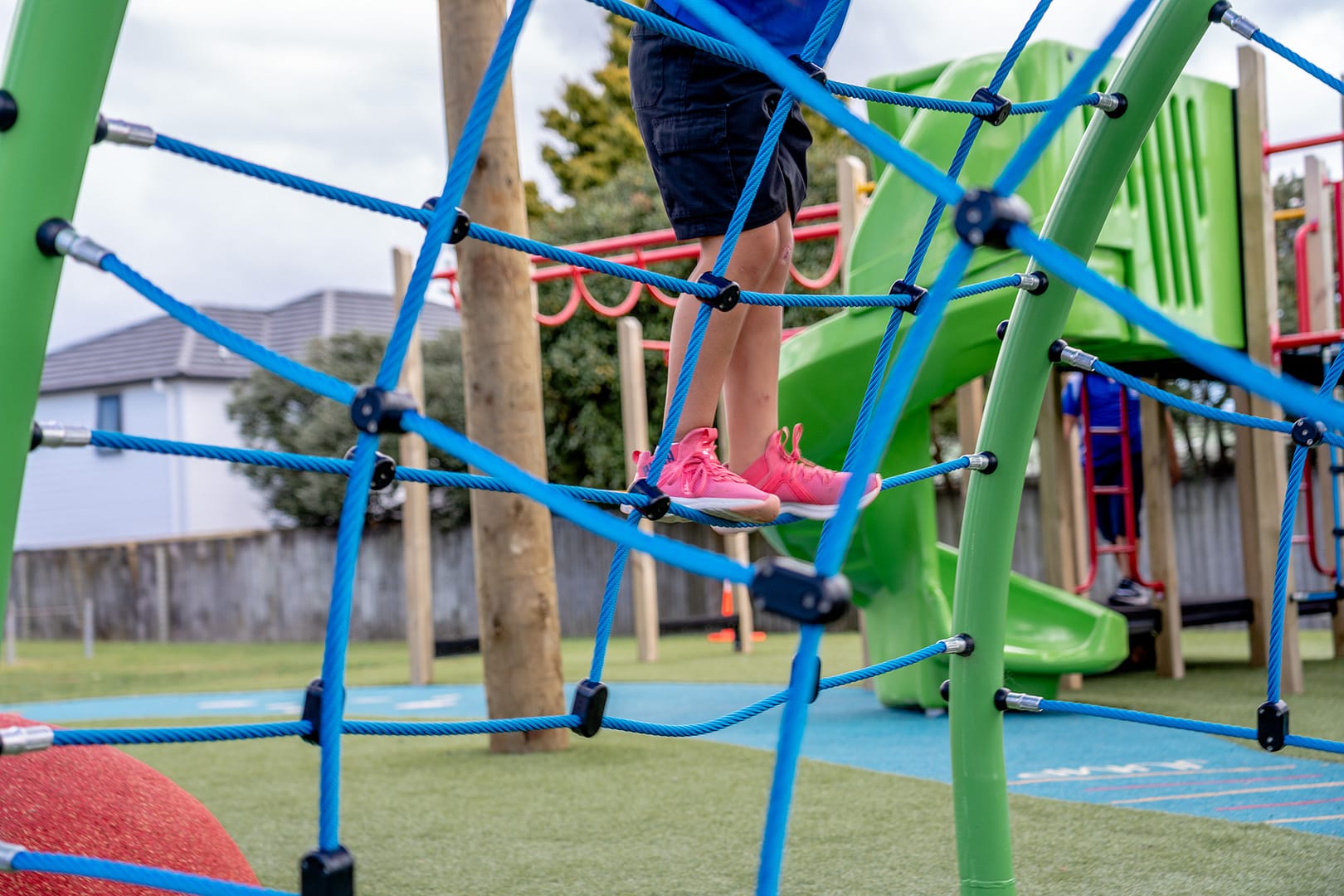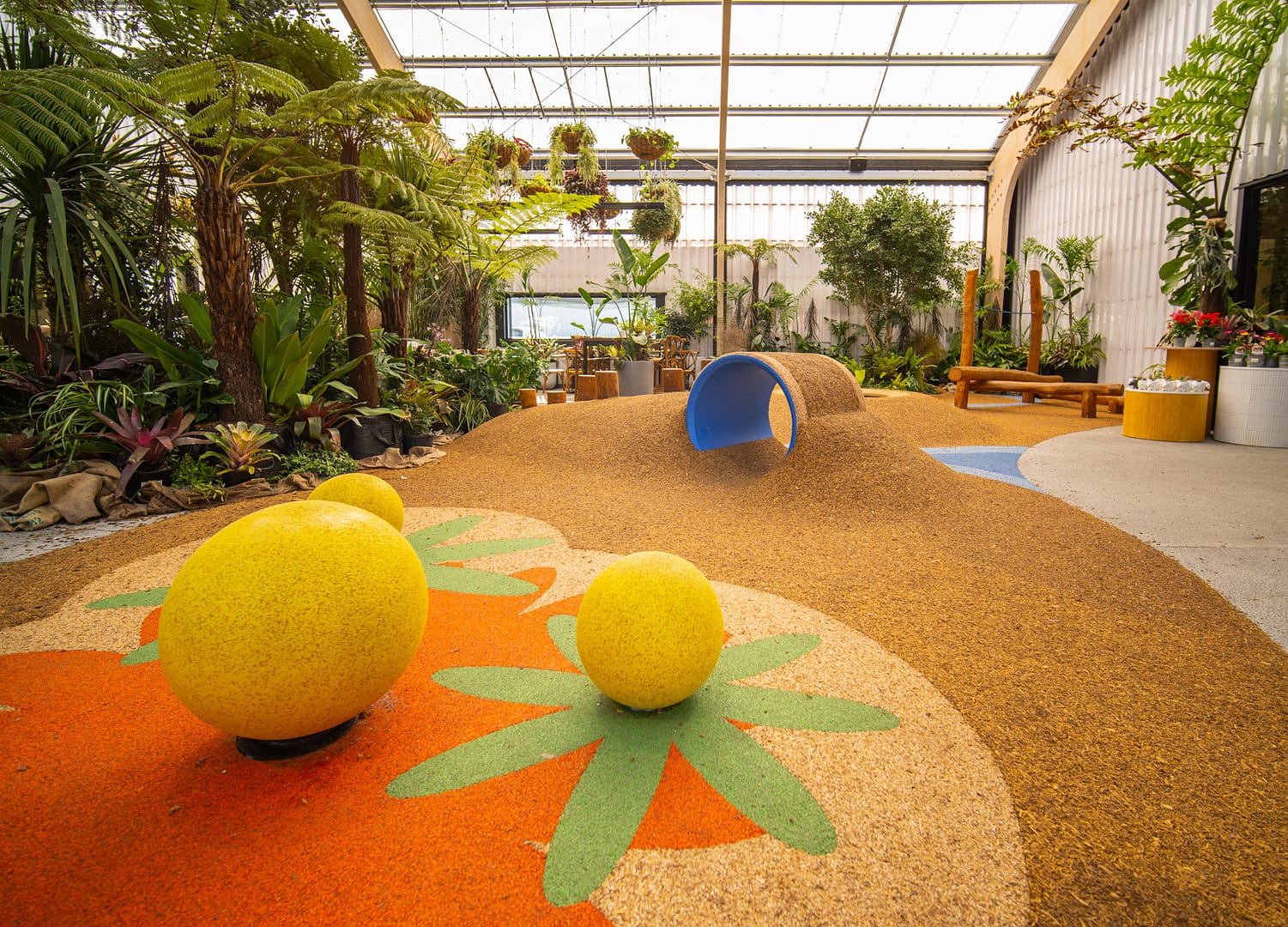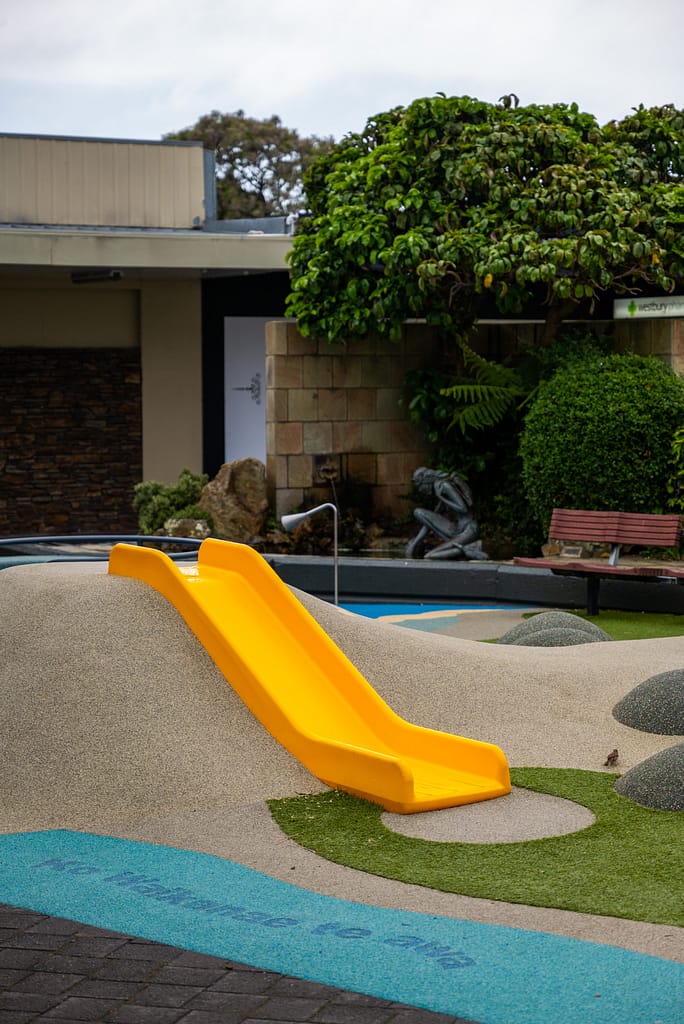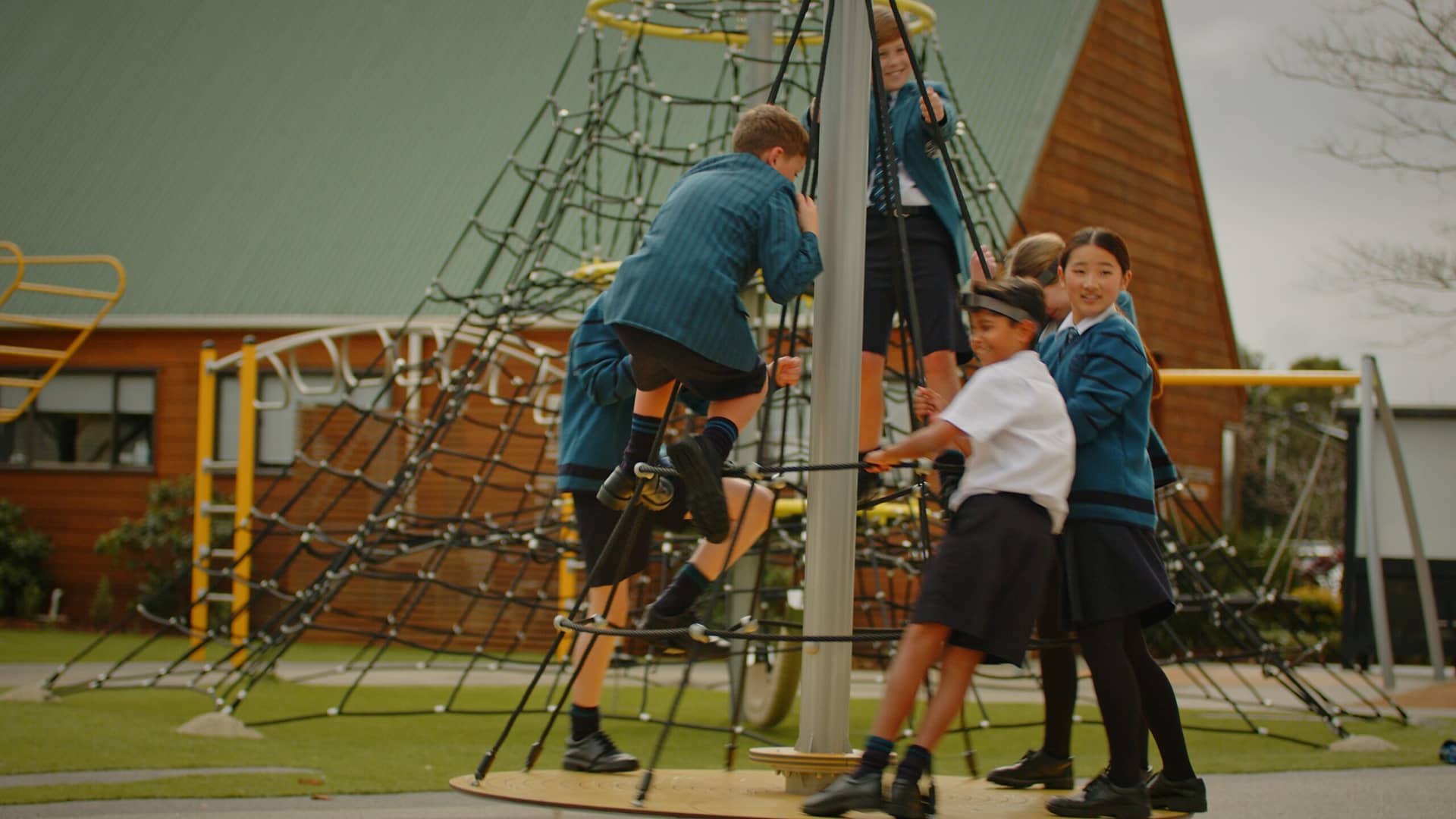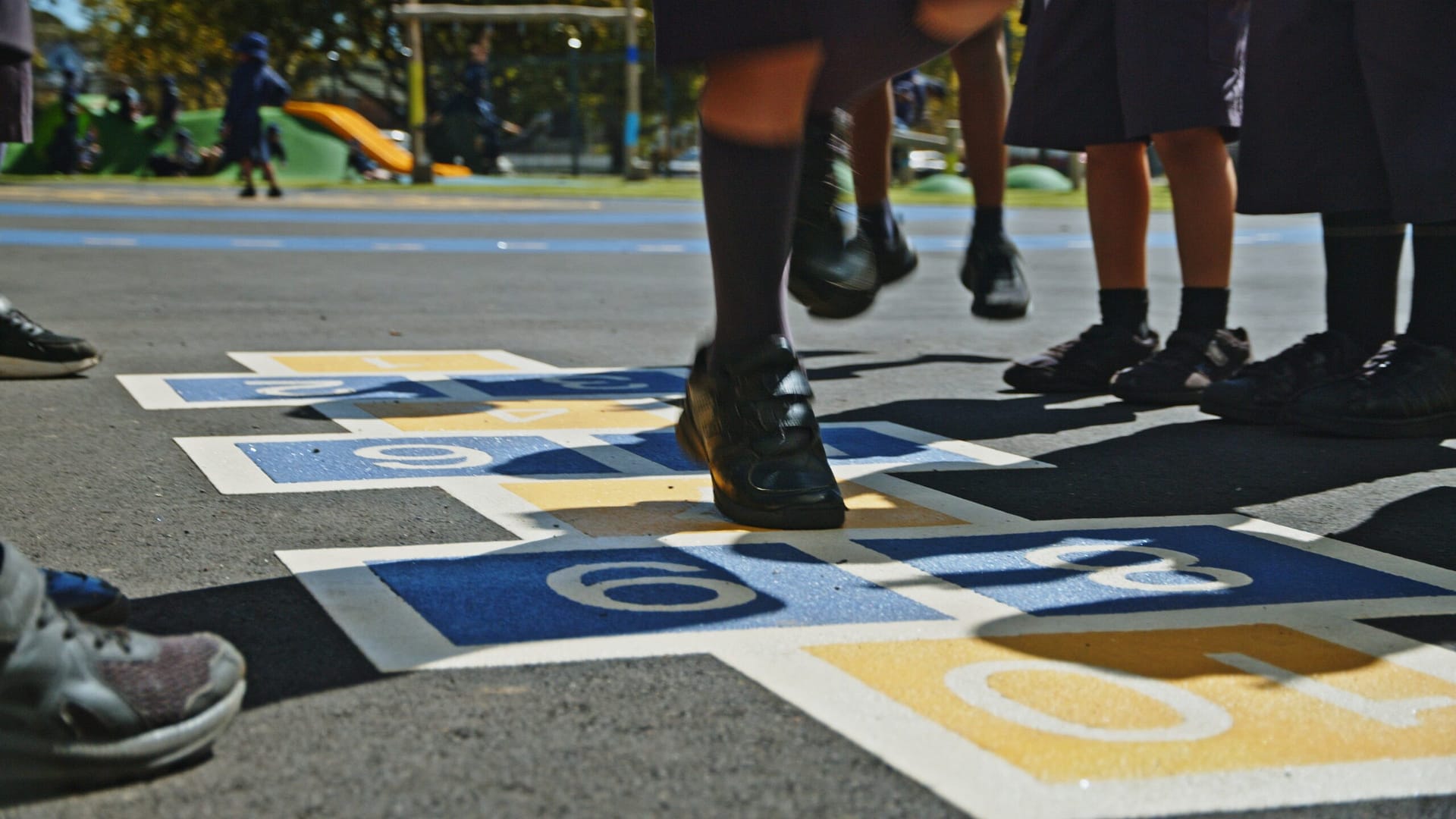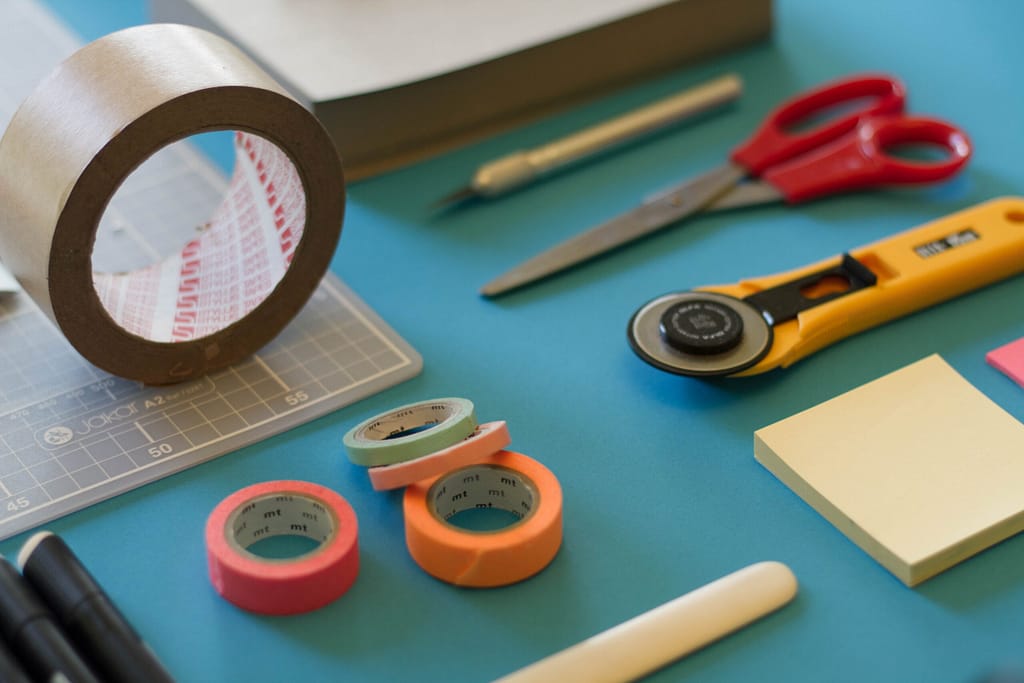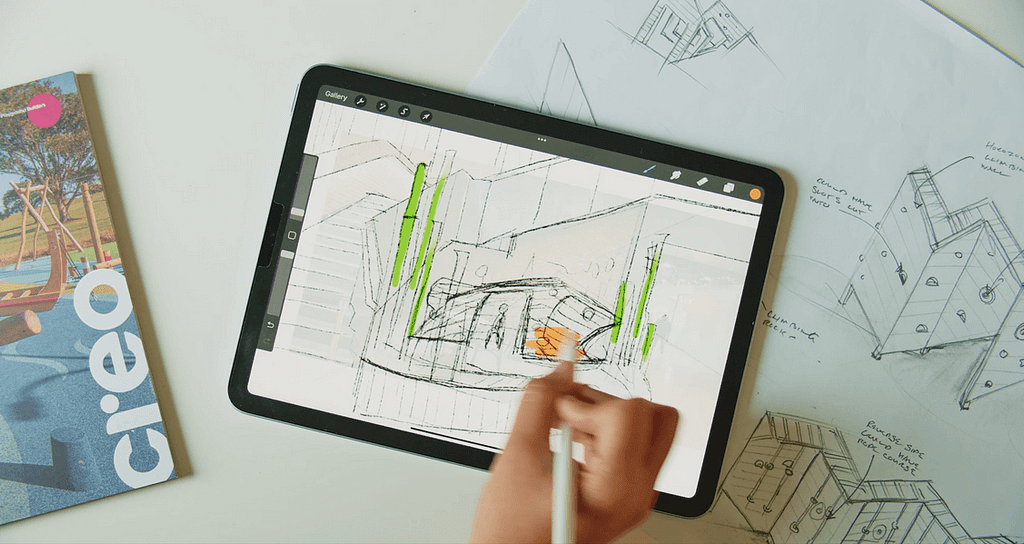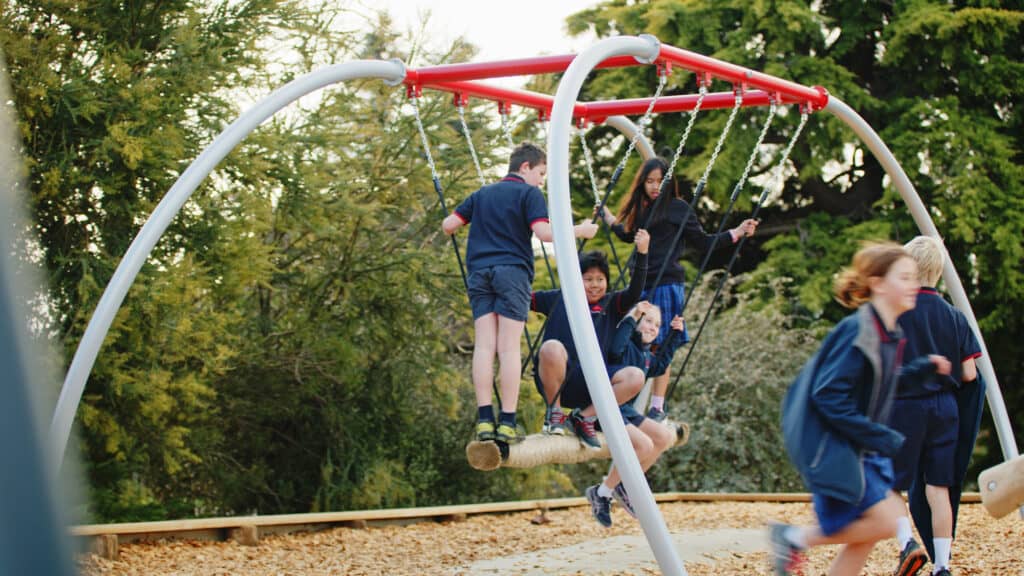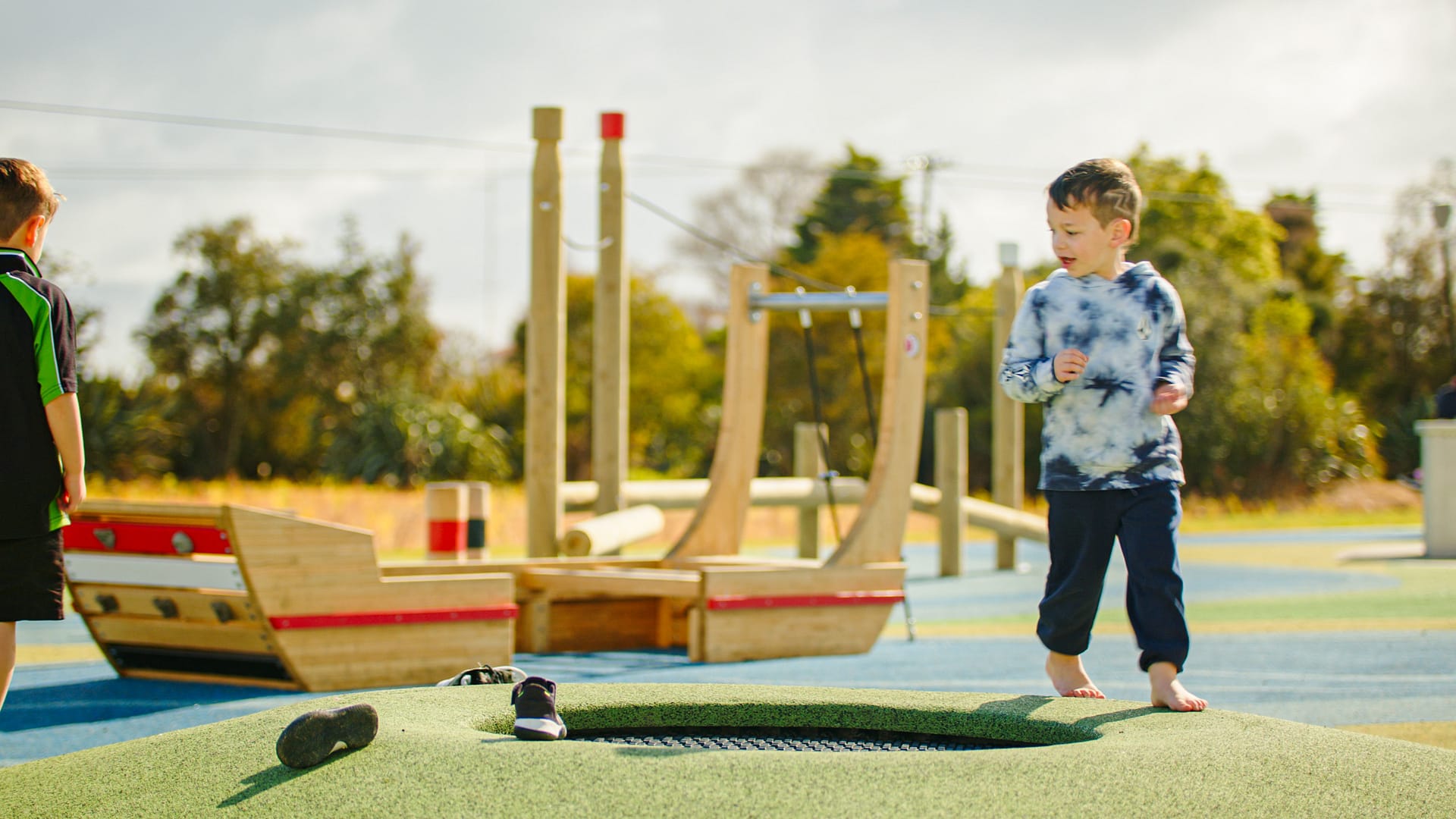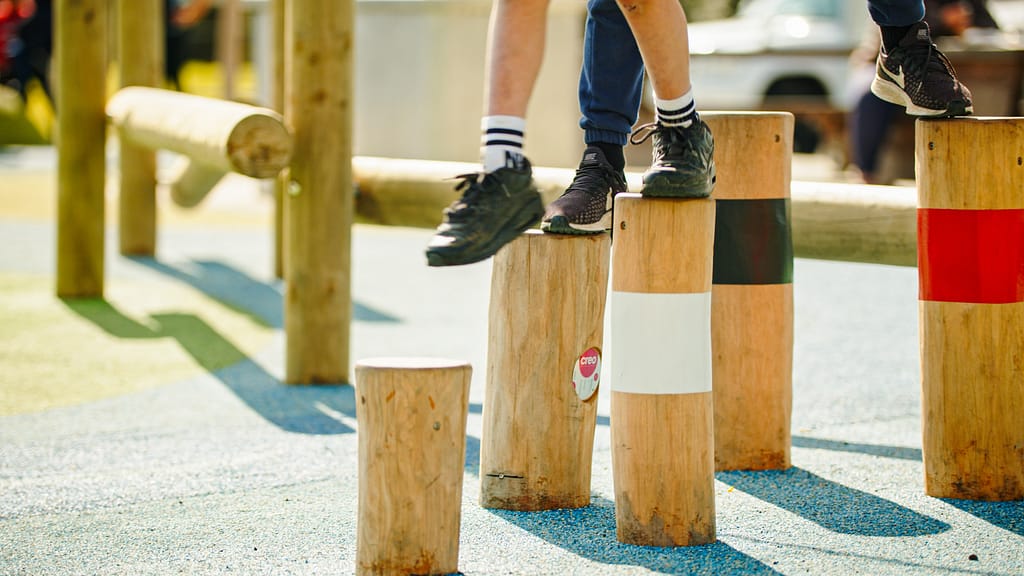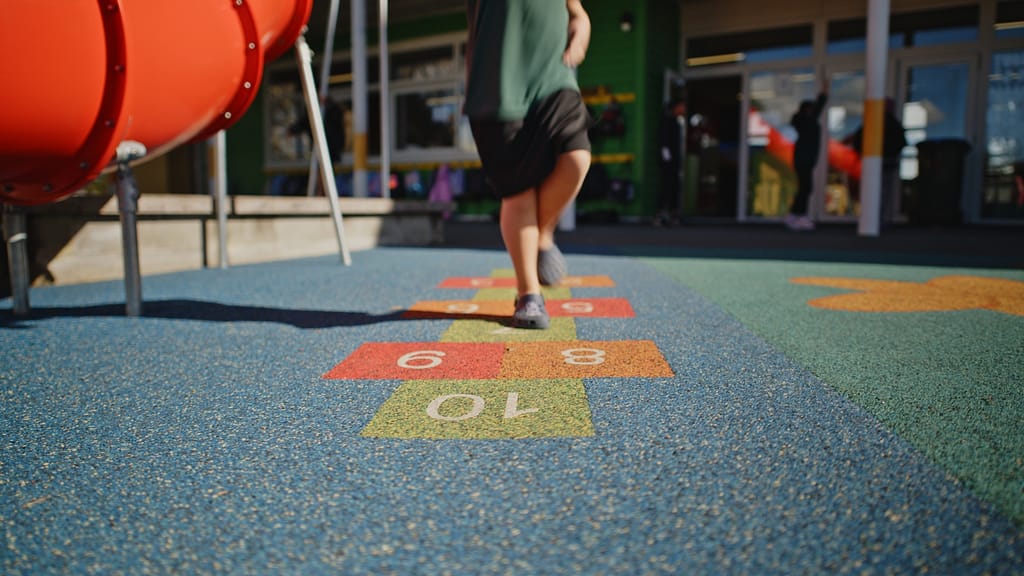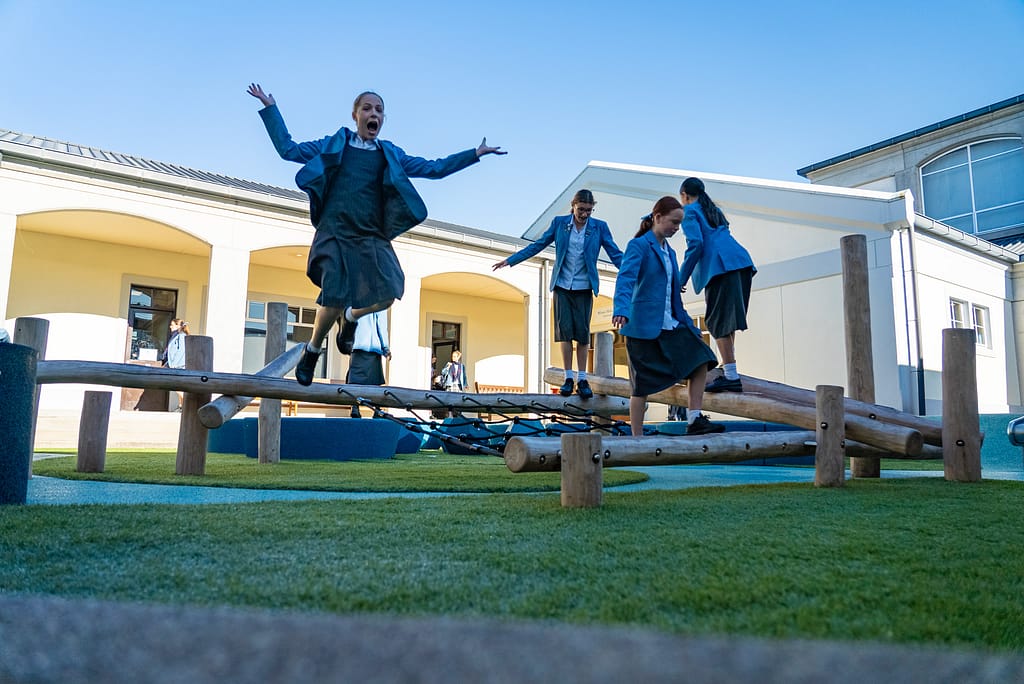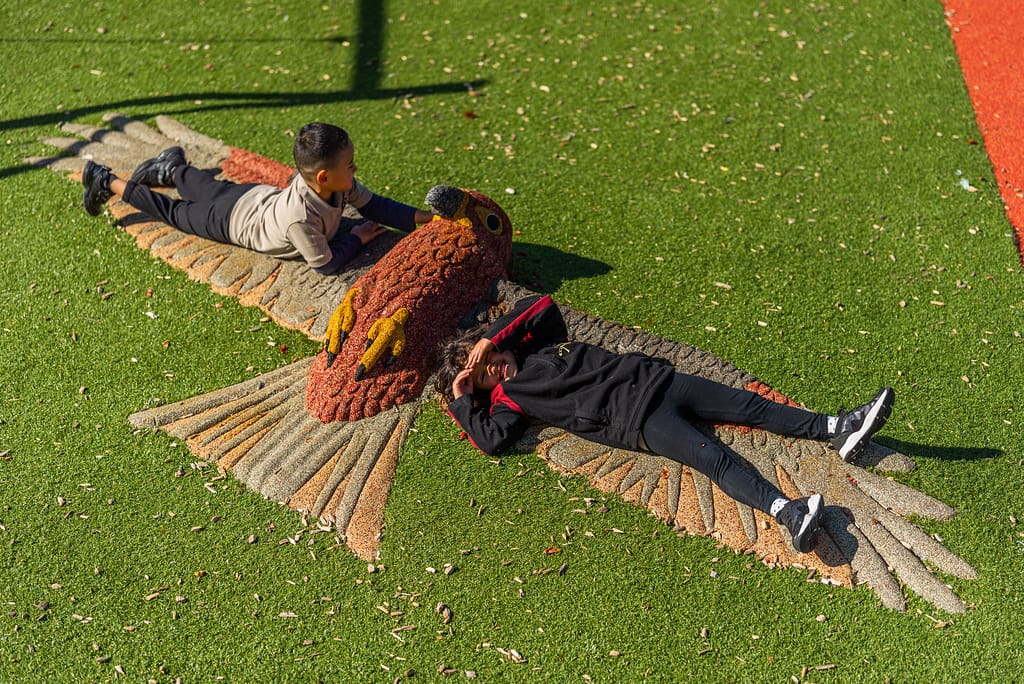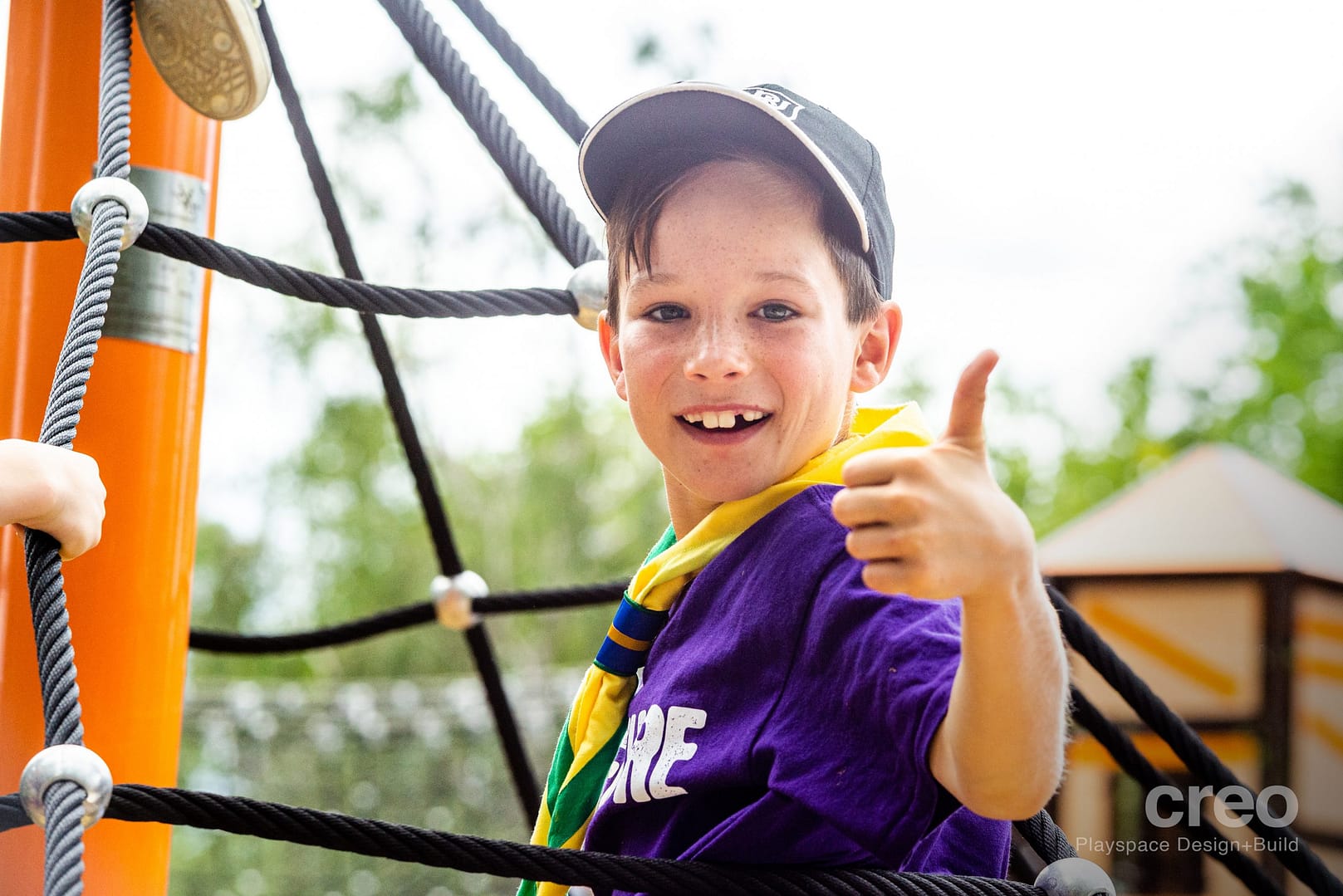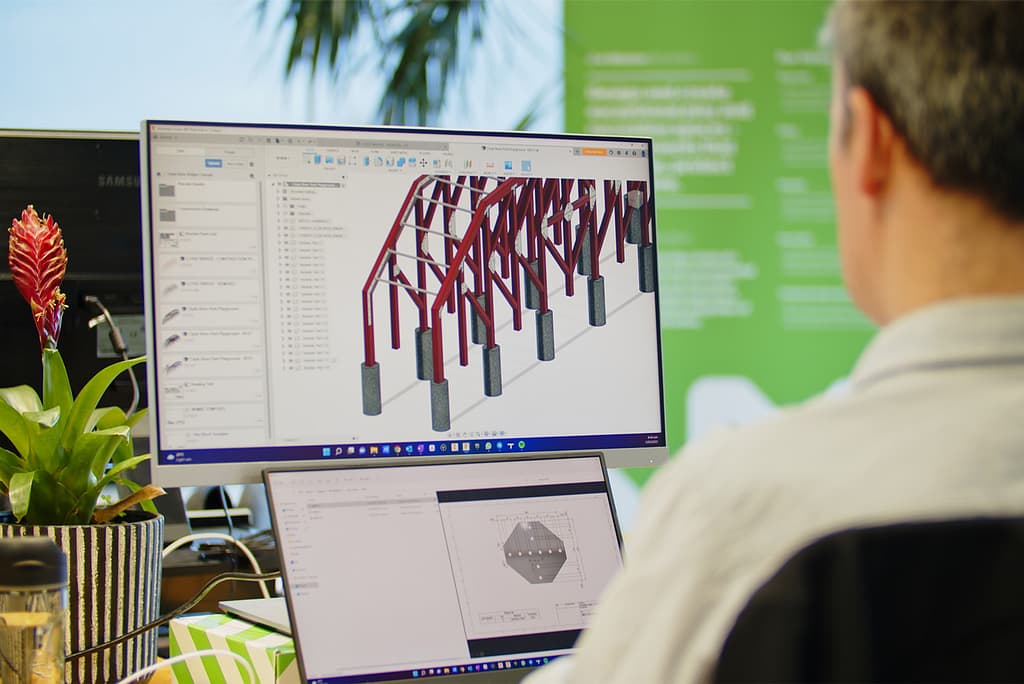If you are designing a playspace and want to include thrilling challenges for users, considering climbing options is a great way to enrich the space.
In this article, we will cover the importance of climbing play equipment, some of the most popular options you can choose, and the costs of installing such equipment.
Climbing Ropes: Simple Yet Effective
A staple in playspaces, climbing ropes are simple yet incredibly effective. They cater to various age groups and skill levels, making them versatile.
Developmental Impact: Climbing ropes enhance upper body strength and improve coordination. They encourage children to challenge themselves and build confidence as they reach new heights.
Our ropes are designed for durability and safety, ensuring a secure climbing experience.

Climbing Walls: Fun Meets Strategy
These structures bring the excitement of mountain climbing into a controlled environment. Available in different sizes and difficulty levels, they’re suitable for beginners and experienced climbers alike.
Cognitive and Physical Benefits: Climbing walls are more than physical challenges; they’re mental puzzles. Children learn to strategise their moves, developing problem-solving skills.
Physically, they build strength and agility, mastering their bodies as they climb.
Climbing Frames: Imaginative Playgrounds
Frames are imaginative landscapes designed to spark creativity and adventure. They come in various themes and complexities, offering a world of exploration.
Holistic Development: These frames are not just play equipment; they’re tools for social interaction, imaginative play, and physical development.
Children develop agility, learn to assess risks and engage in creative problem-solving during play.
Nature-Inspired Climbing: Blend with the Outdoors
This year will be all about nature play. Considering these items creates a unique climbing experience that resonates with children’s innate curiosity about nature.
Connecting with Nature: These designs encourage exploration and appreciation of natural elements. They offer a tactile experience, differing from traditional play equipment, and foster a connection with the environment.
Investment and Customization
Understanding the cost is essential to align your needs with your budget. Our climbing options start at $5,000. They can be tailored for bespoke designs or chosen as standalone equipment.
The costs will vary according to your design complexity. Keep in mind that depending on the height, you will need safety surfacing to be installed.
For a full playground design, check our buyers guide below.
Conclusion: The Journey Upwards
Incorporating climbing elements in playspaces is an investment in children’s development.
It’s not just about fun; it’s about building skills for life. Climbing options are designed to inspire and challenge, creating memorable experiences for every child.
If you need a quote or more information about climbing options for your playspace, contact our team at 0800 000 334 or email us at [email protected].
